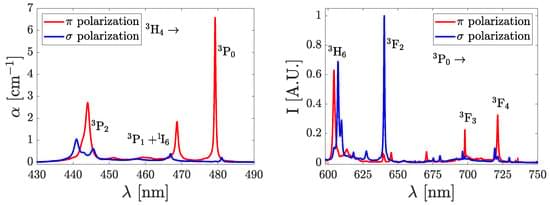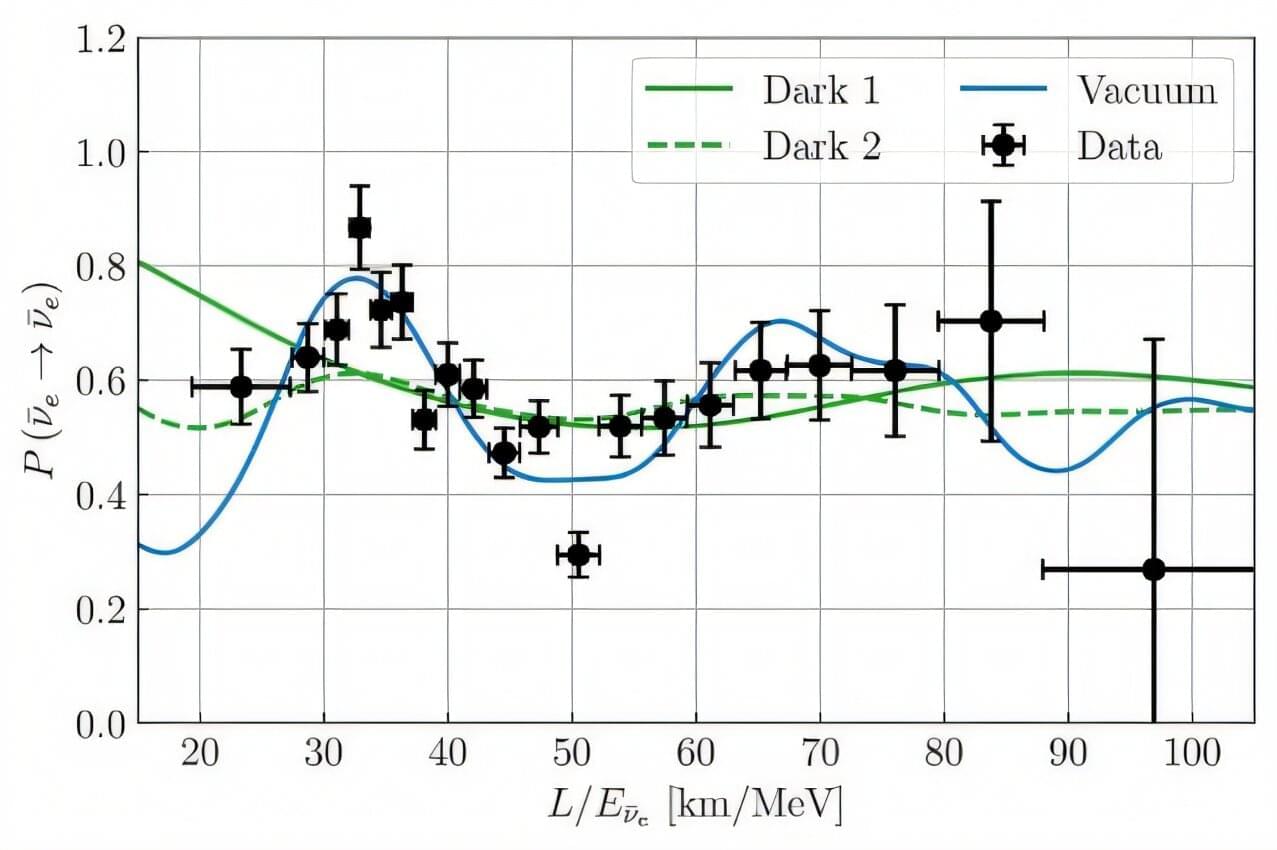Since ChatGPT’s late 2022 launch, everyday people have formed emotional connections to chatbots, describing them as deep friendships and even life partnerships.
Get the latest international news and world events from around the world.

Comparative Performance Analysis of Femtosecond-Laser-Written Diode-Pumped Pr: LiLuF4 Visible Waveguide Lasers
In crystalline materials, the fabrication of optical waveguides by femtosecond laser irradiation is not as easy as in glasses [7] because, in many cases, it is not possible to produce a refractive index increase, able to directly confine and guide light along a certain trajectory. On the contrary, the most typical situation is that the refractive index of the crystal is decreased by the effect of the high intensity of the laser, but even in those cases it can be used anyway to design efficient waveguides [22].
In our study, we designed and fabricated waveguides with different configurations and geometries in the search for the best performance, helping us to understand the confinement mechanisms in Pr: LLF. The following waveguide types were tested:


What are ‘blue zones’? 5 places on Earth where the healthiest people live
His findings launched books including, The Blue Zones Secrets for Living Longer: Lessons From the Healthiest Places on Earth, worldwide interest in these hot spots, and even a Netflix series, “Live to 100: Secrets of the Blue Zones.”
So where are these “blue zones,” what makes them so healthy, and what can we learn from them even if we don’t live anywhere near one? Here’s everything to know about blue zones.
Buettner’s research has led him to identify five regions he’s dubbed “blue zones.” These are “demographically confirmed, geographically defined” areas in the world where people are living to 100 at extraordinary rates— 10 times greater than in the United States.

NASA’s Roman telescope will catch 100,000 explosions — and rewrite the Universe’s story
NASA’s Roman Space Telescope is set to embark on a deep-sky survey that could capture nearly 100,000 cosmic explosions, shedding light on everything from dark energy to black hole physics. Its High-Latitude Time-Domain Survey will revisit the same region of the sky every five days for two years, catching transient phenomena like supernovae — particularly type Ia, which are cosmic mileposts for tracking the universe’s expansion. Roman’s simulations suggest it could push the boundary of what we know about the early universe, observing ancient supernovae over 11.5 billion years old.
Scientists predict one of the major surveys by NASA’s upcoming Nancy Grace Roman Space Telescope may reveal around 100,000 celestial blasts, ranging from exploding stars to feeding black holes. Roman may even find evidence of some of the universe’s first stars, which are thought to completely self-destruct without leaving any remnant behind.
Cosmic explosions offer clues to some of the biggest mysteries of the universe. One is the nature of dark energy, the mysterious pressure thought to be accelerating the universe’s expansion.

Scientists use dental floss to deliver vaccines without needles
Flossing your teeth at least once a day is an essential part of any oral health routine. But it might also one day protect other parts of the body as scientists have created a novel, needle-free vaccine approach using a specialized type of floss.
In a study published in Nature Biomedical Engineering, researchers demonstrated that when floss laced with vaccine components, such as proteins and inactive viruses, was applied along the gum lines of mice, it triggered an immune response.
This method of vaccine delivery is effective because the areas of gum between the teeth are highly permeable, allowing them to absorb vaccine molecules easily.

Quantum computing occurs naturally in the human brain, study finds
Kurian’s group believes these large tryptophan networks may have evolved to take advantage of their quantum properties. When cells breathe using oxygen—a process called aerobic respiration—they create free radicals, or reactive oxygen species (ROS). These unstable particles can emit high-energy UV photons, which damage DNA and other important molecules.
Tryptophan networks act as natural shields. They absorb this harmful light and re-emit it at lower energies, reducing damage. But thanks to superradiance, they may also perform this protective function much more quickly and efficiently than single molecules could.

Life’s emergence from non-living matter found more complex than previously understood
A new study published in July 2025 tackles one of science’s most profound mysteries—how did life first emerge from nonliving matter on early Earth? Using cutting edge mathematical approaches, researcher Robert G. Endres from Imperial College London has developed a framework that suggests the spontaneous origin of life faces far greater challenges than previously understood.

Neutrino masses are not likely to originate from interactions with dark matter, study finds
Neutrinos are fundamental particles characterized by no electric charge and very small masses, which are known to interact with other matter via the weak force or gravity. While these particles have been the focus of numerous research studies, the processes through which they acquire their masses have not yet been elucidated.
One hypothesis is that neutrino masses originate from interactions with ultralight dark matter, a type of dark matter theorized to be made up of particles or fields with extremely small masses below 10 electron volts (eV). Researchers at Shanghai Jiao Tong University and University of Salerno recently set out to test this hypothesis by comparing data collected by the Kamioka Liquid Scintillator Antineutrino Detector (KamLAND) experiment to theoretical predictions.
Their findings, published in a paper in Physical Review Letters, suggest that neutrino masses are not likely to have a dark origin.
A Vast Ocean Of Water May Be Trapped In The Transition Zone Beneath Our Feet
At a conservative estimate, it contains three times the amount of water of all the oceans on our surface. A new study may have found the source.